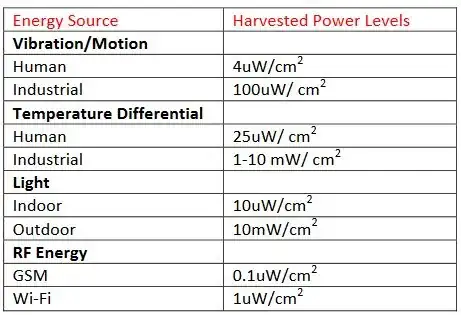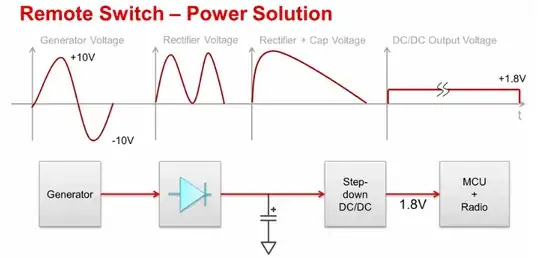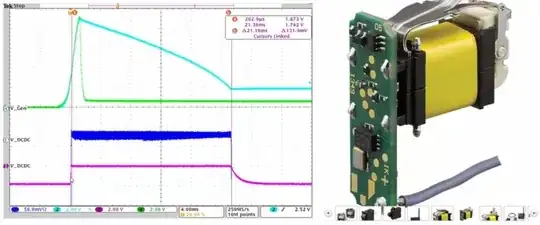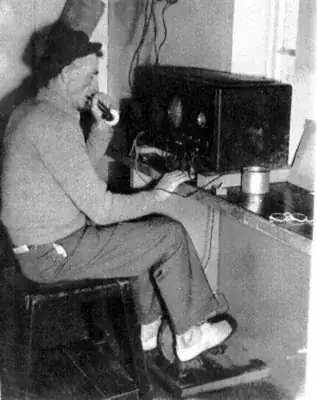I was reading this article, "Five Building Blocks of Self-Powered Wireless Sensor Nodes" (shared on IoT Meta) about energy harvesting in IoT.
It lists a couple of harvestable energy sources for example:
- thermal energy
- vibration energy
I am planning to implement some prototype, harvesting devices to explore the possibilities. To get some experimental data about how much energy can be harvested in my home. Currently I am trying to identify the possible spots in my home where these energy harvesters could be placed and efficiently used.
What I though of:
- Maybe a vibration energy harvester could be attached to the washing machine in the bathroom. Risky environment as the humidity can be quite high so appropriate protection is needed.
- Thermal energy harvester could be placed near the oven in the kitchen.
- Thermal energy harvesters could be placed near the heating elements in the bedrooms.
What other parts of the apartment should I place further harvesters for experimenting?
So for example can a microwave oven be a possible source or other frequently used kitchen appliances?
I have an electric boiler above my bathroom (inside the apartment), so maybe the hot water pipes running down to the bathroom are good sources as well.
What else could be there? Are there any more possibilities to harvest vibration energy in a home?






